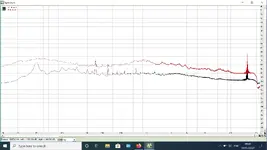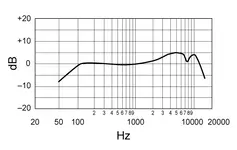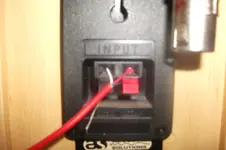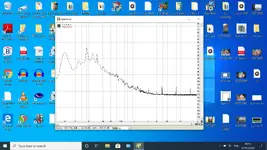D
Dyingfromnoise
New member
Quick question first, is there any rules to low filter isolation. I might be doing it wrong. As in if I boost the bass in the sample is that bringing out the bass that is recorded or is it making a bass sound(adding to the sound file instead of exaggerating the below end)
Let me get one more with and without vibration sample from better spot for a last chance please. The bass/vibration is constant, like a machine or something
What about spectrum analyzing?
If you email the stuff to yourself you just copy the wetransfer link in the email
Quick question first, is there any rules to low filter isolation. I might be doing it wrong. As in if I boost the bass in the sample is that bringing out the bass that is recorded or is it making a bass sound(adding to the sound file instead of exaggerating the below end)





